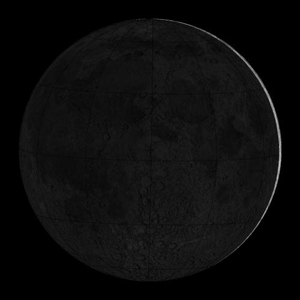Cross Reference
New member
There's more to it.
Jesus came in 70AD on the Feast of Trumpets.
Because the Feast of Trumpets occurred on a new moon, the Israelites never knew for sure what day it would be. The Sanhedrin used to send out two witnesses to confirm the new moon. It was very difficult on cloudy days, and sometimes they didn't see it for two or three days.
Only when the two witnesses returned to the Sanhedrin to confirm the new moon, did the Feast of Trumpets begin.
When Jesus said "But of that day and hour knoweth no man" it was a hint that He would return on the Feast of Trumpets, which is exactly what He did in 70AD
Here is what the two witnesses would look for:

Where can one purchase that fairtale library you love to quote from? Who are the authors; the publishers, if you aren't too embarrassed to say?
